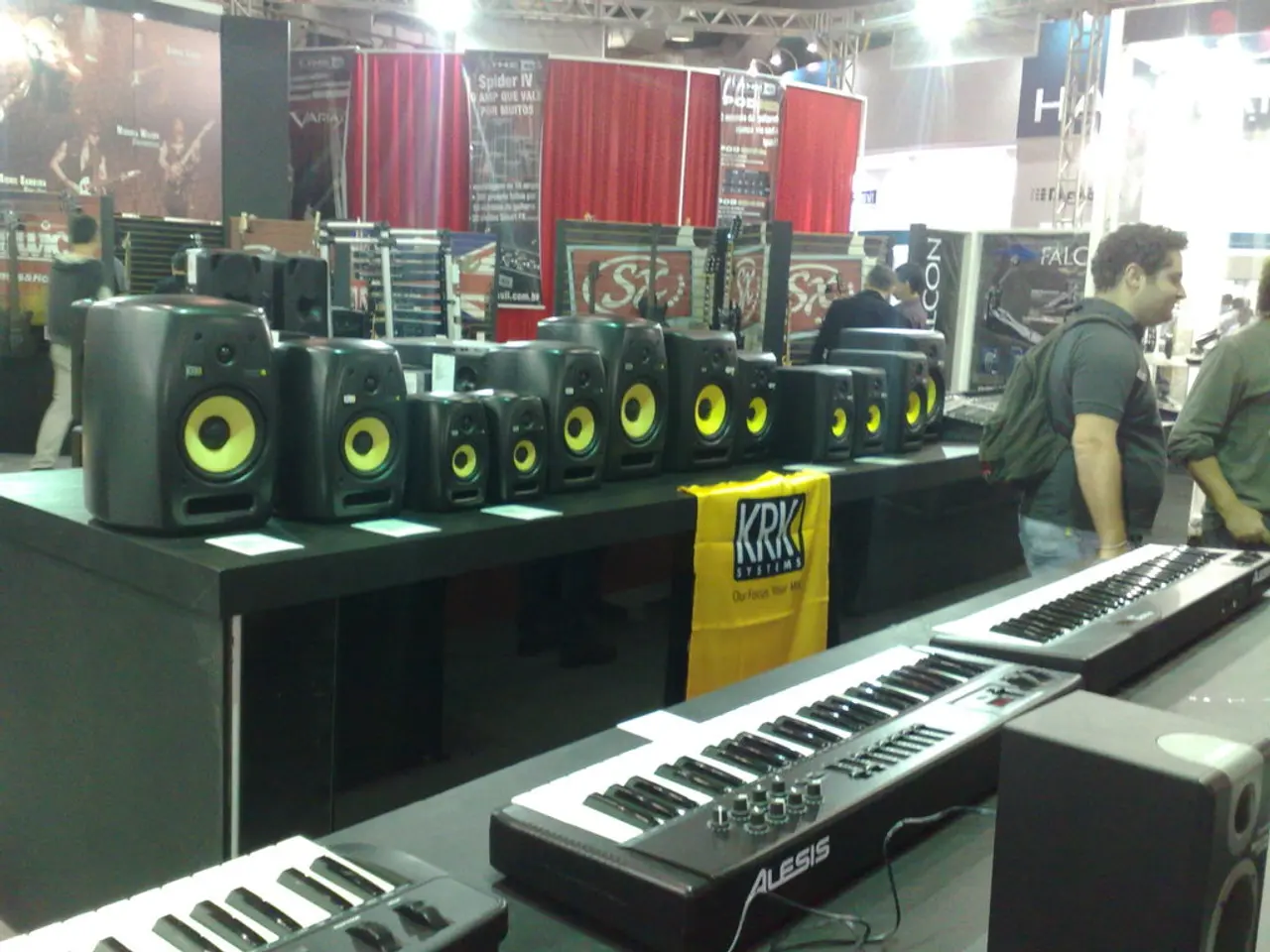Revamped Casino Layout Strategies: Covert Methods Designed to Increase Your Spending
In the world of casinos, design plays a crucial role in keeping players engaged and spending more time. Two renowned figures, Bill Friedman and Roger Thomas, have significantly influenced the design and layout of casinos, each with a unique approach.
Bill Friedman, a casino consultant and former casino executive, is known for shaping many modern casinos with his design principles. His research, detailed in a 630-page book titled "Designing Casinos to Dominate the Competition", has had far-reaching implications, extending even to the design of grocery stores.
Friedman's designs are centred around creating an immersive environment that triggers reward-driven behaviours. He packs rooms with gaming machines, keeps walkways narrow to create an intimate effect, and avoids overwhelming players. His designs also include colour-coding passageways to lead directly to gaming machines, and having narrow walkways and compact rooms to make players feel at home.
On the other hand, Roger Thomas, often referred to as 'the man who redesigned Vegas', focuses on creating a relaxed environment in casinos. His design, as Thomas's design has come to be known, works well because it focuses on relaxing players to boost return. This is evident in his large, bright open spaces, high ceilings adorned with beautiful fabrics, skylights, and European-style furnishings.
Casinos use these designs extensively to keep players engaged and spending more time. They create immersive environments, triggering reward-driven behaviours, and personalizing experiences. Game mechanics are designed around compulsion loops—cycles of cue, action, reward, and anticipation—that exploit dopamine-driven reward pathways through randomized rewards, near-misses, and time-sensitive bonuses to maintain player interest and encourage continued play.
Physical and virtual casino environments are purposefully crafted to influence mood and attention. For example, spatial audio and ambient noises mimic lively atmospheres, enhancing presence and emotional engagement. Visual and auditory feedback is amplified to heighten excitement around winning, which boosts emotional investment and prolongs sessions. Casinos also induce “flow states,” where players lose track of time by balancing challenge and reward, keeping cognitive load low while providing continuous sensory stimulation.
Behavioral analytics further optimize engagement by personalizing content, promotions, and communication based on individual player behaviour, driving loyalty and reducing churn. This includes recommending preferred games, tailoring rewards, and adapting offers in real time to maximize player satisfaction.
However, it's important to note that these designs are not without controversy. A study carried out in 2014 found that the chances of addiction and suicide are much higher from visiting casinos compared to playing at home. This raises questions about the ethical implications of casino design and the responsibility of designers to consider the well-being of their patrons.
In conclusion, casinos leverage immersive environmental design, psychologically tuned game mechanics, continuous feedback loops, and personalized interactions—all grounded in behavioral psychology—to maximize player engagement and time spent gambling. As the design and layout of casinos continue to evolve, it will be interesting to see how these two schools of thought, represented by Friedman and Thomas, influence the future of casino design.
- The design trends in casino culture, influenced by figures like Bill Friedman and Roger Thomas, have extended beyond casinos, impacting the layout of grocery stores, including blog posts about shopping environment design.
- While casino-and-gambling environments use immersive designs and psychologically-tuned game mechanics to keep players engaged, these practices have been associated with gambling trends that increase the chances of addiction and suicide, exacerbating ethical concerns about the impact of casino design.
- In the realm of casino-games, designers are employing behavioral psychology, creating reward-driven environments through compulsion loops and personalized interactions, to shape casino-culture and gaming experiences for continuous player engagement.





